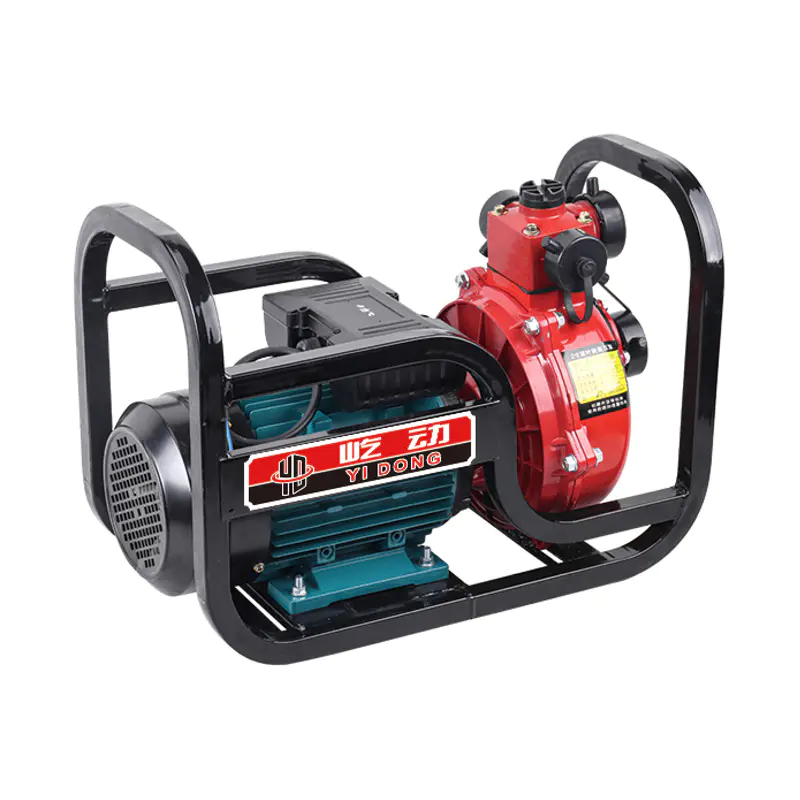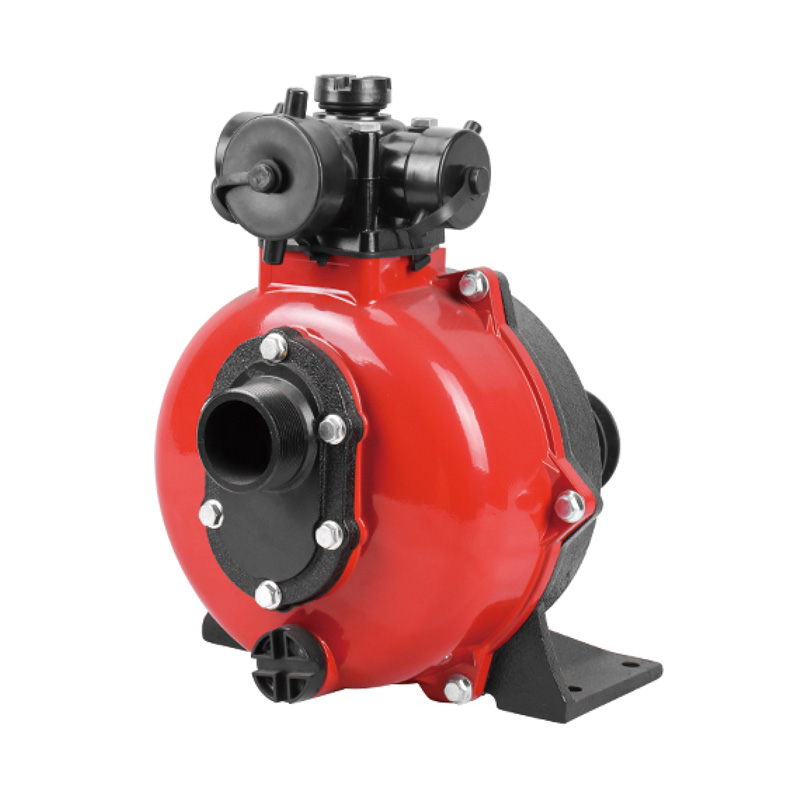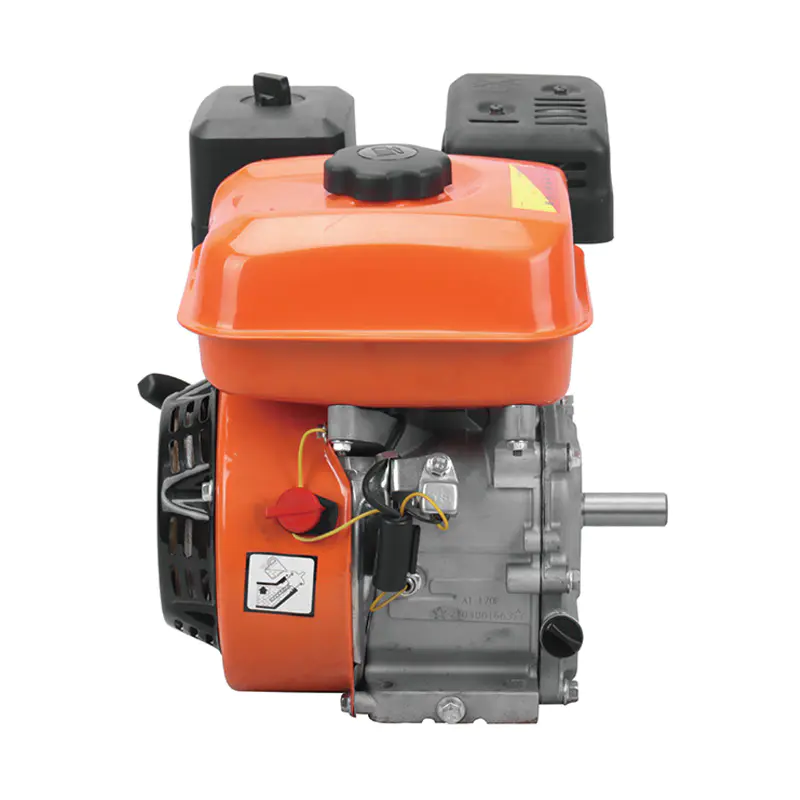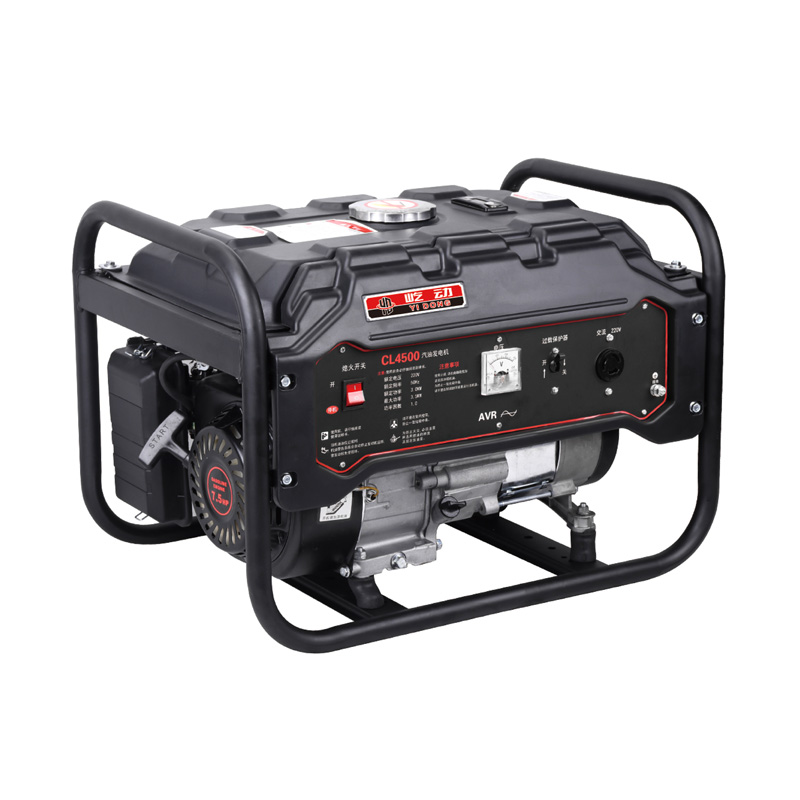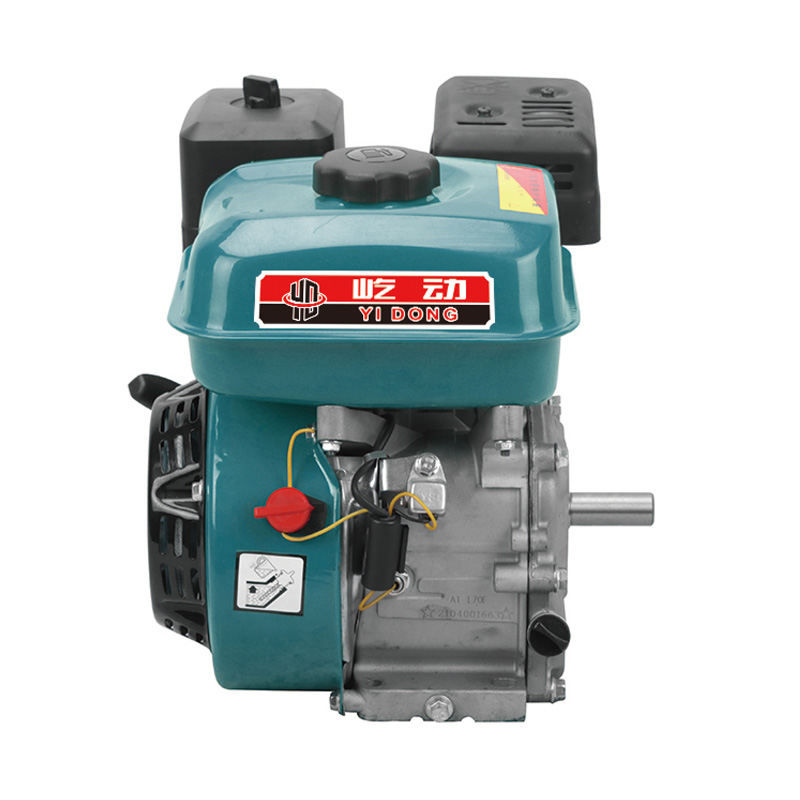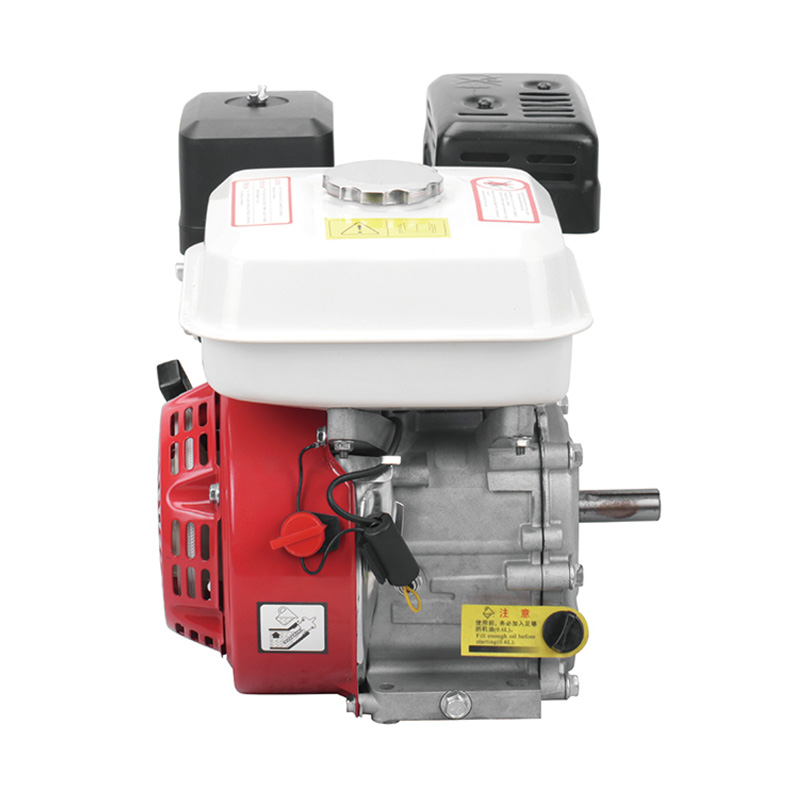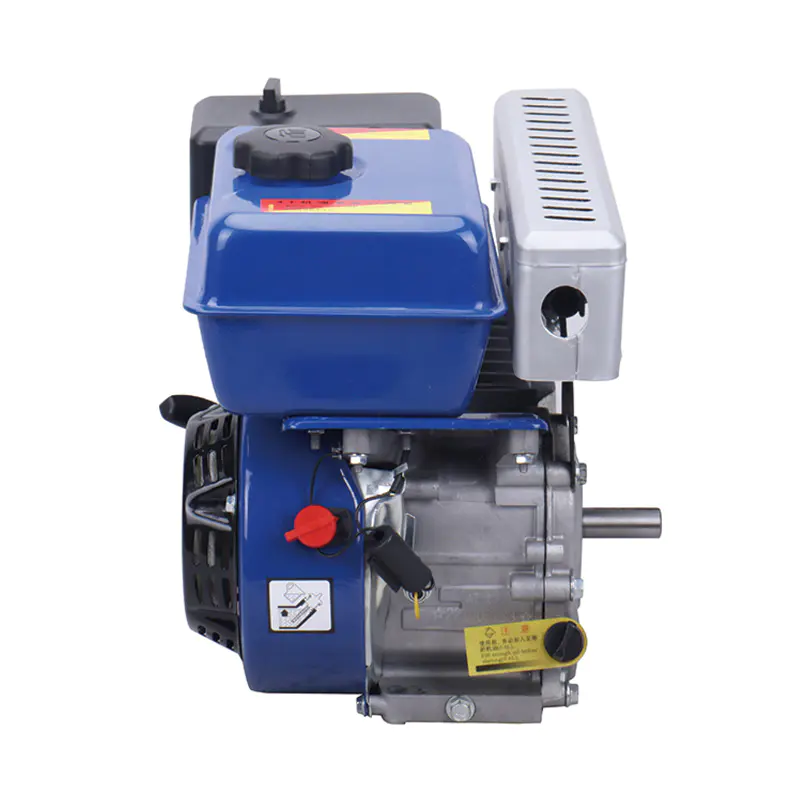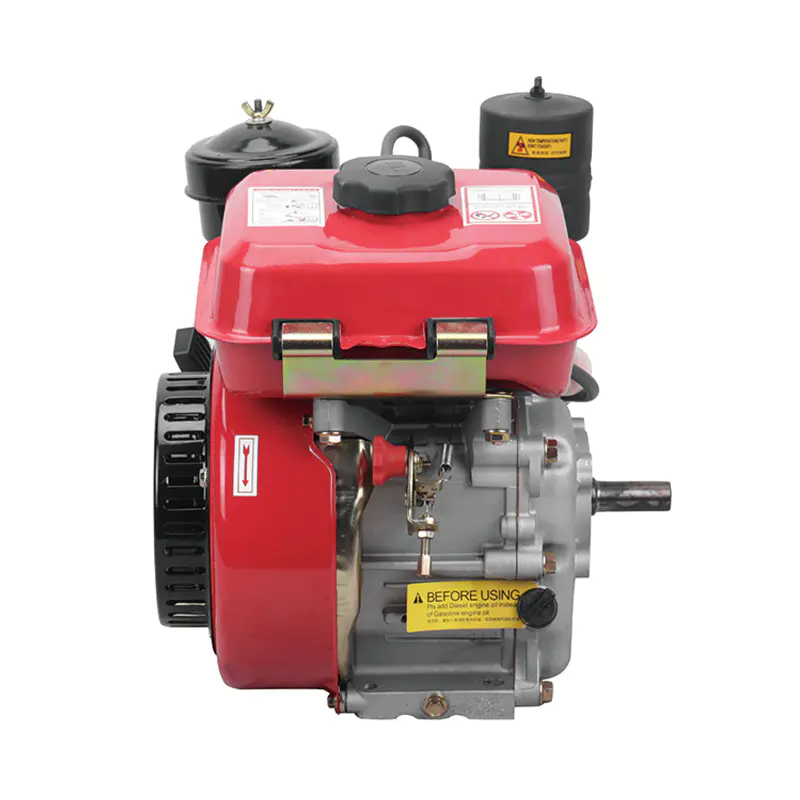Handling Abrasive Fluids with High Pressure Piston Plunger Pumps
High pressure piston plunger pumps are widely recognized for their ability to handle fluids under pressure. They are commonly used in industrial cleaning, chemical transfer, and high-pressure washing applications. One of the key considerations when using these pumps is their compatibility with abrasive fluids, which may include slurries, water with suspended solids, or other particulate-laden liquids.
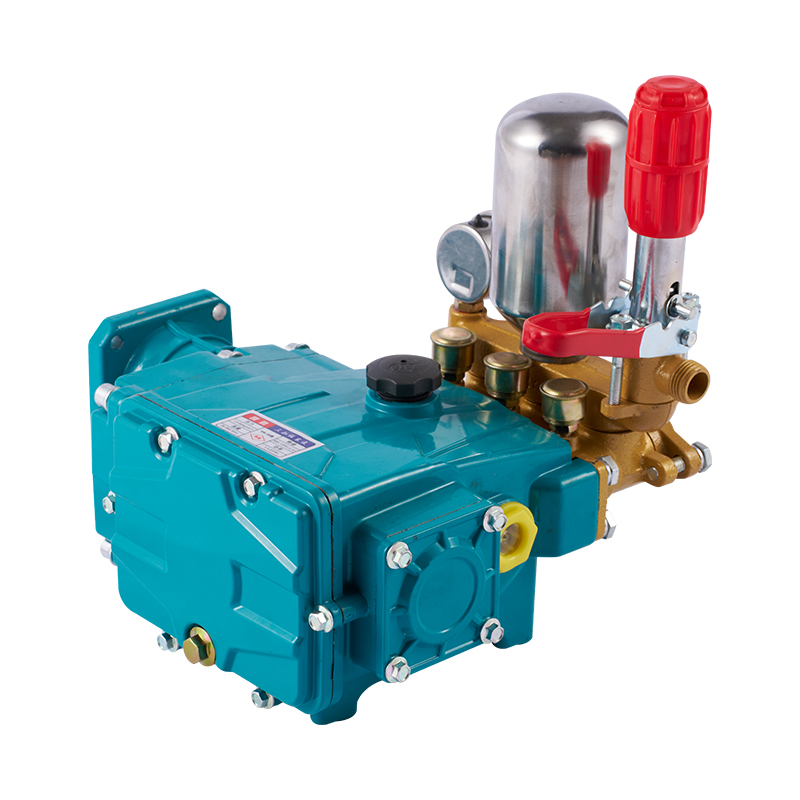
The design of a piston plunger pump provides several advantages for managing abrasive fluids. The pump uses a reciprocating piston or plunger to move fluid through the system, creating a high-pressure output. Because the fluid is pushed rather than spun, the pump is less susceptible to turbulence, which helps reduce erosion in controlled applications. Materials for the pistons, plungers, and seals are often selected for their resistance to wear, allowing the pump to sustain performance over time even when handling particles of limited size and hardness.
However, operators should consider the size and concentration of abrasive particles. Pumps perform effectively with small to moderate particulate loads, where wear-resistant components can handle minor abrasions without significant impact. Routine maintenance, such as checking seals and replacing worn parts, ensures that the pump continues to operate reliably and efficiently.
High pressure piston plunger pumps are also valued for their precise flow control and consistent pressure, which make them suitable for applications requiring exact dosing or high-pressure spray delivery. By selecting appropriate materials and maintaining the system properly, these pumps provide a reliable solution for transferring or spraying abrasive fluids, demonstrating versatility and durability.
What Innovations Have Shaped the Modern Plunger Sprayer Pump?
Modern Advancements in Plunger Sprayer Pumps
Plunger sprayer pumps have evolved considerably to meet the growing demands of agriculture, industrial cleaning, and chemical spraying. Innovations in design, materials, and operation have enhanced their efficiency, longevity, and adaptability, making them more effective and user-friendly than earlier models.
1. Material Improvements
Modern plunger pumps utilize high-performance materials such as stainless steel, ceramic coatings, and reinforced polymers. These materials increase resistance to corrosion, wear, and chemical degradation, ensuring reliable operation with a wide range of fluids. Enhanced materials also reduce maintenance frequency and improve the overall lifespan of the pump, providing cost-effective operation over time.
2. Precision Engineering and Sealing Technology
Innovations in piston and plunger design, along with advanced sealing technology, have greatly improved the performance of modern pumps. Tighter tolerances and high-quality seals reduce leakage and allow for consistent pressure delivery. This precision is essential for applications such as pesticide spraying, chemical dosing, or high-pressure cleaning, where accuracy and reliability are critical.
3. Ease of Use and Maintenance
Modern plunger pumps are designed with user convenience in mind. Features such as modular assemblies, quick-release seals, and accessible components simplify maintenance and reduce downtime. This allows operators to clean, inspect, or replace parts efficiently, ensuring continuous operation with minimal interruptions.
4. Enhanced Flow Control and Energy Efficiency
Advances in flow control systems and pump geometry allow modern plunger sprayers to deliver adjustable and uniform fluid distribution. Improved energy efficiency is achieved through optimized plunger stroke design and reduced friction between moving components. These advancements make pumps suitable for longer operation periods without excessive fuel or electrical consumption.
5. Integration with Technology
Some modern plunger pumps now incorporate digital monitoring systems, allowing operators to track pressure, flow rate, and operating hours. These smart systems enable preventive maintenance and improve operational reliability, ensuring pumps perform effectively in various applications.



 English
English русский
русский Français
Français Español
Español عربى
عربى